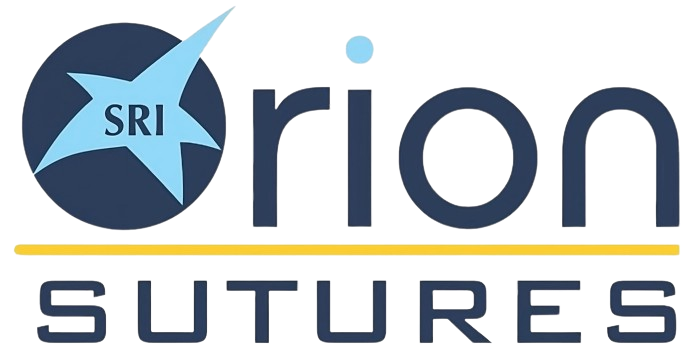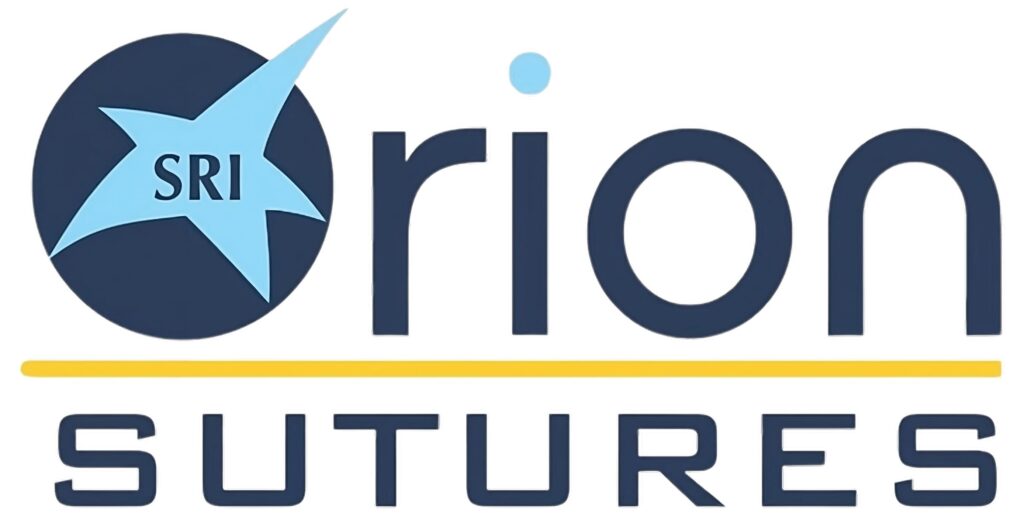The progression of contemporary wound care is largely attributable to the invention of state-of-the-art surgical techniques and apparatus. Sutures composed of polyglycolic acid (PGA) are one such innovation. Tissue responsiveness and reduced scarring are merely two of the numerous benefits associated with these synthetic absorbable sutures. However, adequate wound care utilizing a polyglycolic acid suture is required following surgery in order to promote optimal healing and reduce the risk of complications. This article examines potential interventions that can promote wound healing subsequent to the application of polyglycolic acid sutures for closure.
-
Maintain it Clean and Dry:
Maintaining cleanliness is of utmost importance when attending to a laceration. To prevent irritation or abrasion of the sutures, cleanse the area of the incision gingerly using tepid water and a mild cleanser. Utilize a clean, sterile fabric to cleanse the area in order to prevent the spread of infection. Maintaining wound moisture is critical, particularly during the initial stages of recovery, in order to avert the proliferation of bacteria.
-
Follow the Instructions of the Doctors
Take meticulous note of what the physician or attendant has to say. Their exhaustive manual on wound care will address topics such as the selection of appropriate dressings, the recommended frequency of dressing changes, and the ability to identify signs of infection. To complete treatment without encountering additional obstacles, precise adherence to medical advice is required.
-
Prevent any Disruption to the Surgical Incisions
While it may be alluring to frequently handle or inspect the incision, you should make an effort to resist doing so. It is not advisable to manually remove the sutures by poking at them. Allow nature to rectify the situation on its own. Loosened sutures may result in wound dehiscence and a slower rate of healing.
-
Maintain Vigilance for Indications of Infection
Infection at the site of the incision is indicated by progressive erythema, edema, fever, or discharge with an unpleasant odour. Should you encounter any of the following symptoms, we kindly request that you promptly consult your healthcare provider. Complications can frequently be prevented through prompt identification and treatment of infections.
-
Foods that Reduce Stress and Deep Breathing
Adequate sleep and a balanced diet aid the body in repairing its own damage. Engage in self-care practices such as ensuring adequate sleep and adhering to a nutritious diet abundant in protein and vitamins. An enhanced immune system facilitates the recovery from an injury.
-
Prevent Unwarranted Tension
While one may be enthusiastic about returning to routine activities, caution should be exercised to prevent strain on the area where the sutures were inserted. You should refrain from engaging in strenuous activity, hefty lifting, or anything else that could cause distress to the incision until your physician gives you the all-clear.
-
Adequate Hydration is Vital
It is essential to maintain adequate hydration throughout the healing process, although this is sometimes disregarded. Every day, ensure that you consume sufficient water to remain hydrated. Maintaining adequate hydration permits the body to concentrate on self-healing while continuing to operate ordinarily.
Conclusion
Following wound closure with polyglycolic acid sutures, the affected area must be disinfected thoroughly, allowed to heal for a prescribed period of time, and treated as directed by the physician. Patients can facilitate an expedited recovery by adhering to a few fundamental guidelines. Always remember that your physician is the most reliable source for individualized healthcare recommendations. Patients whose incisions were sutured with polyglycolic acid and surgical sutures may be able to fully recover their health and return to their daily activities with the proper maintenance.

